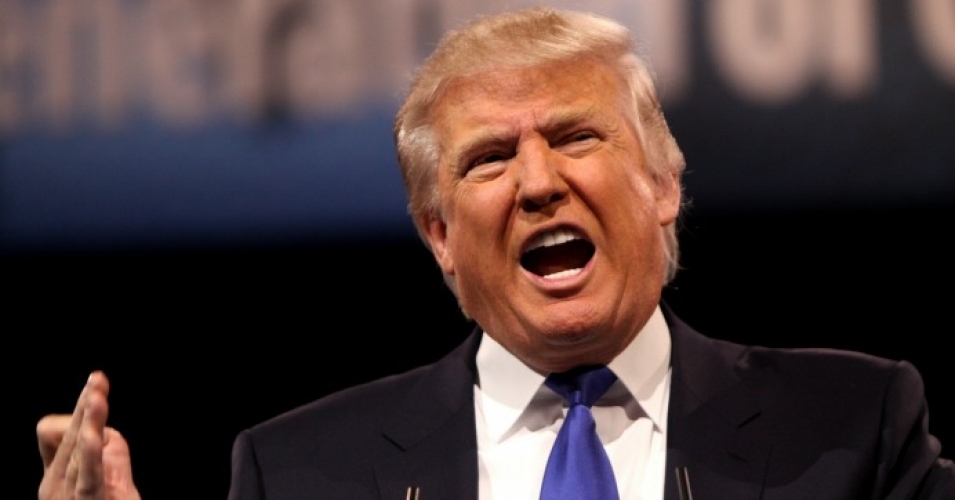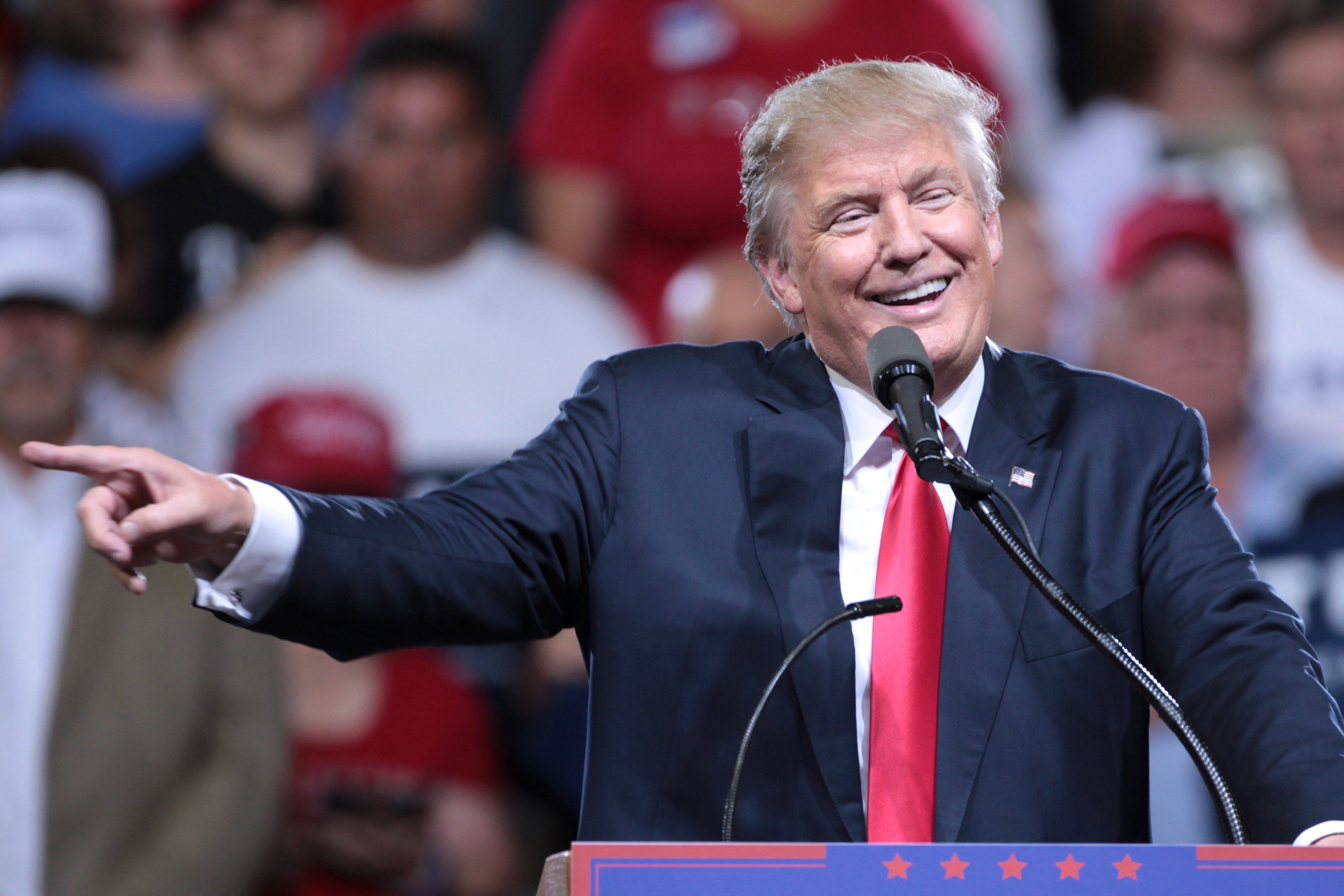
The fact that Donald Trump was unlike other candidates has been apparent since he announced his bid for the US Presidency in January. The real-estate mogul and businessman promised to “Make America Great Again” with radical suggestions like building a wall to stop illegal immigrants and imposing tariffs to discourage imports. While many of his ideas were not ‘politically correct,’ and even bordered on being unconstitutional, they struck a chord with the American public. On November 8, much to the surprise of experts, it was not the politically astute Hillary Clinton, but the business savvy Trump who was elected the 45th President of the United States.
Trump’s prospects looked promising from the moment the election results started rolling in. However, the first indication that he may be heading to the White House came after the Republican Presidential nominee won Wisconsin and Pennsylvania, both of which have traditionally been Democratic strongholds. To make matters worse, Michigan, the third of the so-called “blue wall” states, also showed Trump in the lead. Trump also won key swing states like Ohio and North Carolina and even eked out a narrow but crucial margin of victory in Florida. While Clinton managed to win key states like California, Nevada, Colorado, Virginia, and New Hampshire it was not enough.

Trump swept the race with 279 electoral votes. While Hillary won the popular vote, she garnered just 228 of the 270 electoral votes needed to win the election. While that may sound strange, it is the way the American Electoral College system works.
Each state has a fixed number of electoral votes, equal to its representation in Congress. California, for example, has 55 thanks to its 53 House members and two senators. When the general public votes for their choice of president, they are indirectly voting for their “elector.” The representative then casts his or her electoral vote for the most popular candidate. Hence, the candidates don’t need to win by a landslide to garner all the electoral votes. For instance, in Florida, Trump received all 29 electoral votes, despite winning just 49% of the popular votes. Hillary also won all of New York’s 29 electoral votes, when she received 64% of the popular votes. Unfortunately, the resounding support from the state’s residents did not earn her extra electoral votes.

In addition to having their candidate elected to the highest office in the country, the Republican Party also won the majority of seats in both houses of Congress, giving them firm control over government policies for the next four years.
Whether the President-elect follows through on his campaign promises remains to be seen. However, his acceptance speech, where he asked "America to come together as one united people" was a surprising departure from his typical rhetoric. He also thanked Clinton “for her service to our country.”
Clinton and President Barack Obama have been equally gracious. In her concession speech this morning, Clinton asked her supporters to accept Trump and give him a chance to lead with an open mind. Barack Obama has not only promised to ensure a smooth transition to a Trump administration, but also to set aside all their differences and “root for his success.” Hopefully, all parties will keep their pledges and focus their energies on issues that matter to all Americans.
Resources: cnn.com, wired.com, Forbes.com,ft.com